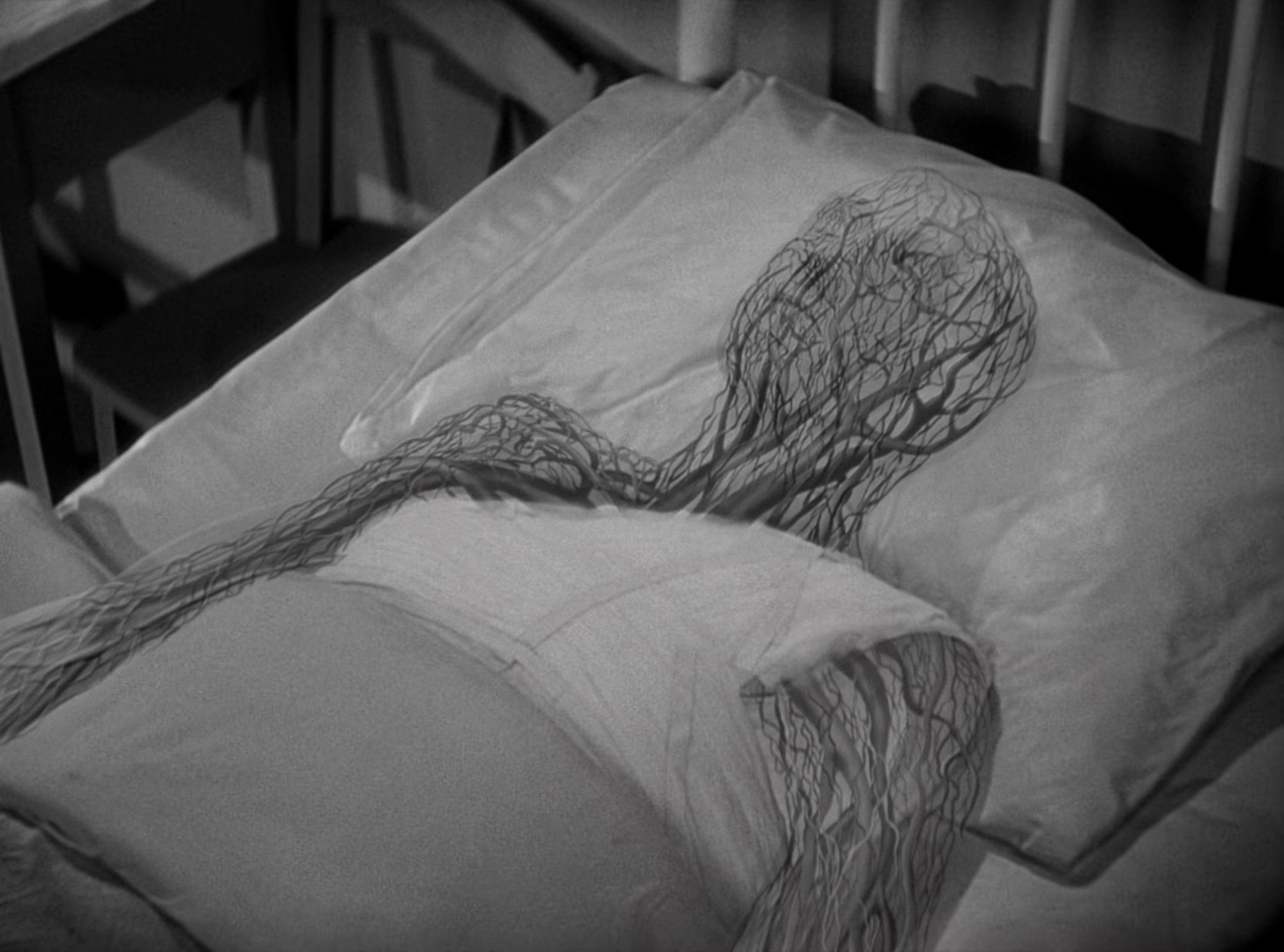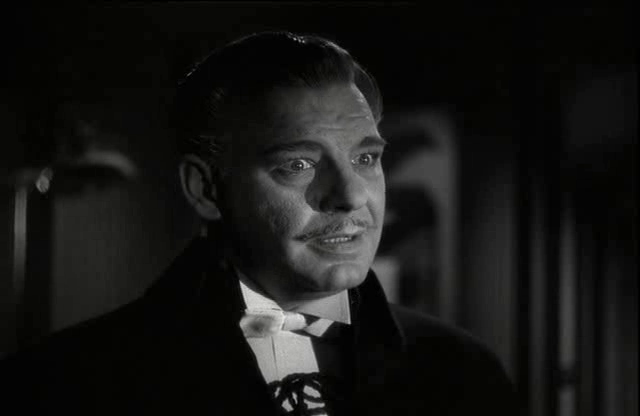In 1932 Boris Karloff helped bring to the screen one of the defining entries in the Universal Monsters franchise, but unlike Frankenstein, he wouldn’t return for any of the sequels and the threat of the malevolently driven priest Imhotep was replaced with the standard bandaged wrapped monster we think of today when anyone mentions The Mummy, a creature that would shamble and kill at the whim of its master.
It's clear at the outset that The Mummy’s Hand was not a sequel to Boris Karloff’s The Mummy because while it does deal with an ancient Egyptian dude trying to resurrect his love, who also happened to be an Egyptian princess, this is not the Imhotep from that previous film, instead, this is some other random Egyptian named Kharis (Tom Tyler) whose stealing of the life-giving tana leaves to bring his lost love back from the dead also resulted in him being buried alive, without a tongue, and with a supply of tana leaves also buried with him. Then some priests recovered his mummified remains and kept him alive as protector of Ananka's tomb, using the fluid from the brew of three tana leaves to keep him "alive" but not active, then over the centuries this mysterious cult of Egyptian priests would do their best to keep infidels away from Ananka’s tomb while keeping the Mummy on standby if anyone did get too close. I hope you were taking notes because the Mummy franchise contains some of the more complicated plots to come out of Univeral Pictures and it only gets worse from here.
Question: Was there a serious problem back in Ancient Egypt of people trying to resurrect dead loved ones that they had to have a procedure in place to handle this kind of thing?
Jumping ahead to modern times, we find down on his-luck archaeologist Steve Banning (Dick Foran), and his sidekick Babe Jenson (Wallace Ford), trying to decide whether or not to stick it out in Cairo or return stateside in disgrace and penniless, lucky for them, they discover the remnants of a broken vase at a local bazaar, one that contains clues that Banning is convinced will lead him to the location of Princess Ananka's tomb. While the professor of Egyptology at the Cairo Museum Andoheb (George Zucco) tries to convince them that the vase is a forgery the eminent archaeologist Dr. Petrie (Charles Trowbridge) is on the side of our heroes and he agrees to help them with the expedition, they just need someone to provide the funds. As it happens, such a person is found in the hotel bar in the form of stage magician “The Great Solvani” (Cecil Kellaway), who along with his reluctant daughter Marta (Peggy Moran) join our heroes as they venture off into the desert in the hope of finding fortune and glory, that is if Andoheb doesn’t turn out to be the high priest of that cult and the one who has been keeping Karis alive and waiting all these centuries. But the odds of that must be astronomical.
"I've decided to give up the priesthood and move into kidnapping."
Stray Observations:
• “Look, he’s riding a camel, this is clearly Egypt and not Southern California, despite all the flora and fauna looking quite the contrary” This sentiment surrounding location visual contradictions is most prevalent in The Mummy movies.
• The magic tricks and sleight of hand performed by “The Great Solvani” in this film are created via movie magic and editing and not by actual magician stagecraft. Kind of disappointing.
• The beggar placing a small bottle of the tana brew to target the victims for the Mummy seems overly complicated, why not just tell the Mummy “Kill all of the infidels” and skip all that sneaking around with bottles schtick?
• The comic relief character of Babe Jenson could be considered a precursor to where the Universal Monsters franchise would eventually go, leading to such films as Abbott and Costello Meet the Mummy.
• If you want to keep the location of Ananka's tomb secret maybe don’t give all your members a medallion with its location engraved upon it.
• For the bulk of the film our heroes cannot find the entrance to Ananka’s tomb but during the climax Babe simply wanders around the other side of the hill and finds the obvious temple entrance. Did no one think to survey the surrounding area?
• That the tana leaves can only bring the Mummy to life during the cycle of the full moon certainly limits the monster's ability to hunt infidels, and he’s certainly not able to use his limited time well as he’s a lot slower than the likes of the Wolf Man.
It’s a good thing most people faint at the sight of him or he’d get nothing done.
Universal’s The Mummy’s Hand was not a creative decision, instead, it was simply an economic one as both Son of Frankenstein and The Invisible Man Returns had proved to be financial windfalls so an attempt to reap the same benefits out of another Mummy movie must have seemed like the obvious choice, now, this is not to say that the studio risked much as this “not quite a sequel” was given a meagre budget of $80,000 dollars and with a script that was thinner than a mummy’s bandage and it’s clear that not much effort was put into the production. The Mummy's Hand also introduced the whole “Tana leaves” piece of mythology and unlike the Karloff film this version of the Mummy would remain bandaged and shambling throughout the movie’s running time, unfortunately, in the case of this film he only shows up for the last act and aside from his creepy appearance Kharis comes across about as threatening as a snooty French waiter.
“For the last time, stop dragging your feet and go out there and kill someone!”
I’ll concede that the makeup used to turn Tom Tyler into the Mummy was reasonably effective but his limited screentime is a big negative and then there is Dick Foran as the hero whose previous cinematic roles leaned more towards singing cowboys than horror entries and he is a bit of a wash here, most of the entertainment found in this film stems from the ever charming Cecil Kellaway and the comedic antics of Wallace Ford, in fact, Ford’s character is the one to actually kill the evil high priest and he even saves his pal from the Mummy’s clutches, so maybe he was the hero after all. Basically, this film does not come off favourably when compared to the 1932 classic but as a 67-minute oddity, it does have its appeal and is worth checking out if you are a fan of the Universal Monsters.



















































